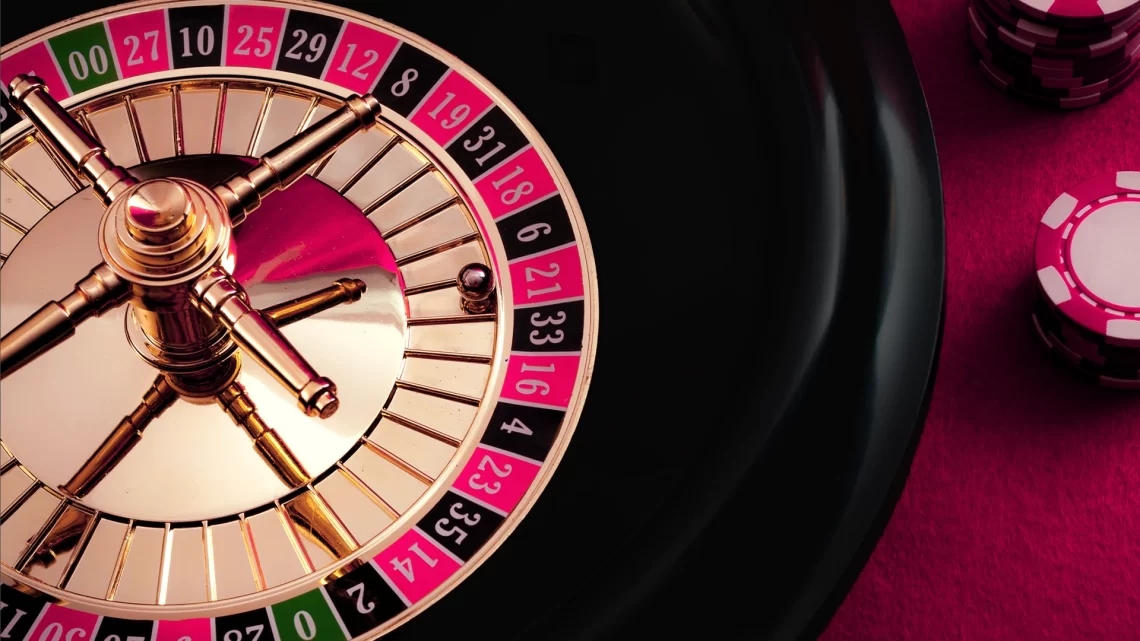
Advanced Techniques for Beating Biased Roulette Wheels
February 19, 2025Roulette wheels are often designed with extreme care and precision; however, manufacturing defects and other factors may lead to biases which players can exploit for an edge against the casino house. Joseph Jagger, Helmut Berlin, Dr Richard Jarecki and Gonzalo Garcia-Pelayo all made substantial fortunes through tracking results on physical roulette wheels containing flaws or issues and then analyzing these results closely.
Visual Inspecting the Wheel
Visual inspection is a popular strategy for discovering and exploiting roulette wheel biases, involving inspecting physical characteristics such as discolorations or scratches of wheels to detect biases in them. While this may be daunting, casinos won’t see this as grounds to ban players; furthermore, this process takes less time consuming analysis results of hundreds or thousands of spins than analysing results of individual spins.
While casinos do routinely inspect and replace roulette wheels, certain physical defects that lead to biased results can be difficult or impossible for even experienced players to detect. For instance, loose frets disrupt randomness by forcing balls into certain pockets more frequently – known as pocket bias – which requires watching thousands of spins before accurately identifying this bias.
Decisions between advanced laser measurement techniques and visual inspection methods should ultimately be determined through careful evaluation of each approach’s strengths and weaknesses. Visual inspection may be subjective and time-consuming while laser measurements offer precise, accurate wheel profile assessment at high speeds while streamlining processes and improving safety.
Observing the Ball
Even the most accurate roulette wheels must undergo regular maintenance and wear and tear; this may result in certain numbers appearing more frequently than others over time, and can take many thousands of spins for someone to notice the trend; it is still possible however to exploit this pattern by betting strategically on these numbers.
Watching the ball move as it exits the track, collides with deflectors and pockets before landing onto a rotor cone and pocket dividers is one of the best ways to identify wheel bias. Additionally, this method will give an indication of how often a certain number may come up on screen.
At your discretion, decide how much bias is acceptable before engaging in an attack. When using a larger sample size, more confidence will be placed in your results; so take your time recording data as thoroughly as possible.
Observing the Dealer
Observing a dealer can help to pinpoint areas of the wheel which might be showing bias. Although it might be challenging to gain any significant statistical advantages from this technique, some players have managed to profit from biased roulette wheels in casinos by employing it.
Even with their careful design and precise manufacturing process, roulette wheels may still be subject to minute manufacturing flaws that could impact spin results. Furthermore, continuous use may result in slight imbalances to static elements like bowl rims, upper/lower ball tracks or separators resulting in minor abrasions or imbalances on static elements such as bowl rims.
These subtle variations in ball movement can drastically change where the ball lands in specific pockets or sections, often favoring particular pockets or sectors more than others. Pocket bias usually appears as favoritism towards one or more pockets while section bias tends to favor whole sectors more quickly requiring only a limited sample of spins to detect. Casino engineers are usually adept at correcting such mechanical issues quickly while prevention may also help identify bias issues before they occur.
Observing the Table
Casino staff of trained observers can keep a close eye on every table in the casino and relay results back to computer specialists for evaluation, yet it takes extensive observations in order to accurately judge whether a wheel is biased.
If a number has been consistently hot, that could indicate an unfair or biased roulette wheel. Keep in mind, however, that casinos frequently perform maintenance on their wheels and rotate them among tables so be wary.
One approach for finding bias is to locate wheels with noticeable scratch marks on their rotors. Such scratches could indicate that someone has tampered with or dropped it, possibly signalling possible bias that warrants investigation. Of course, this method cannot guarantee success as casinos may still ban you from gambling after suspecting you as part of this exercise; but nonetheless it remains an effective means for detecting an unfair edge in gambling games.






